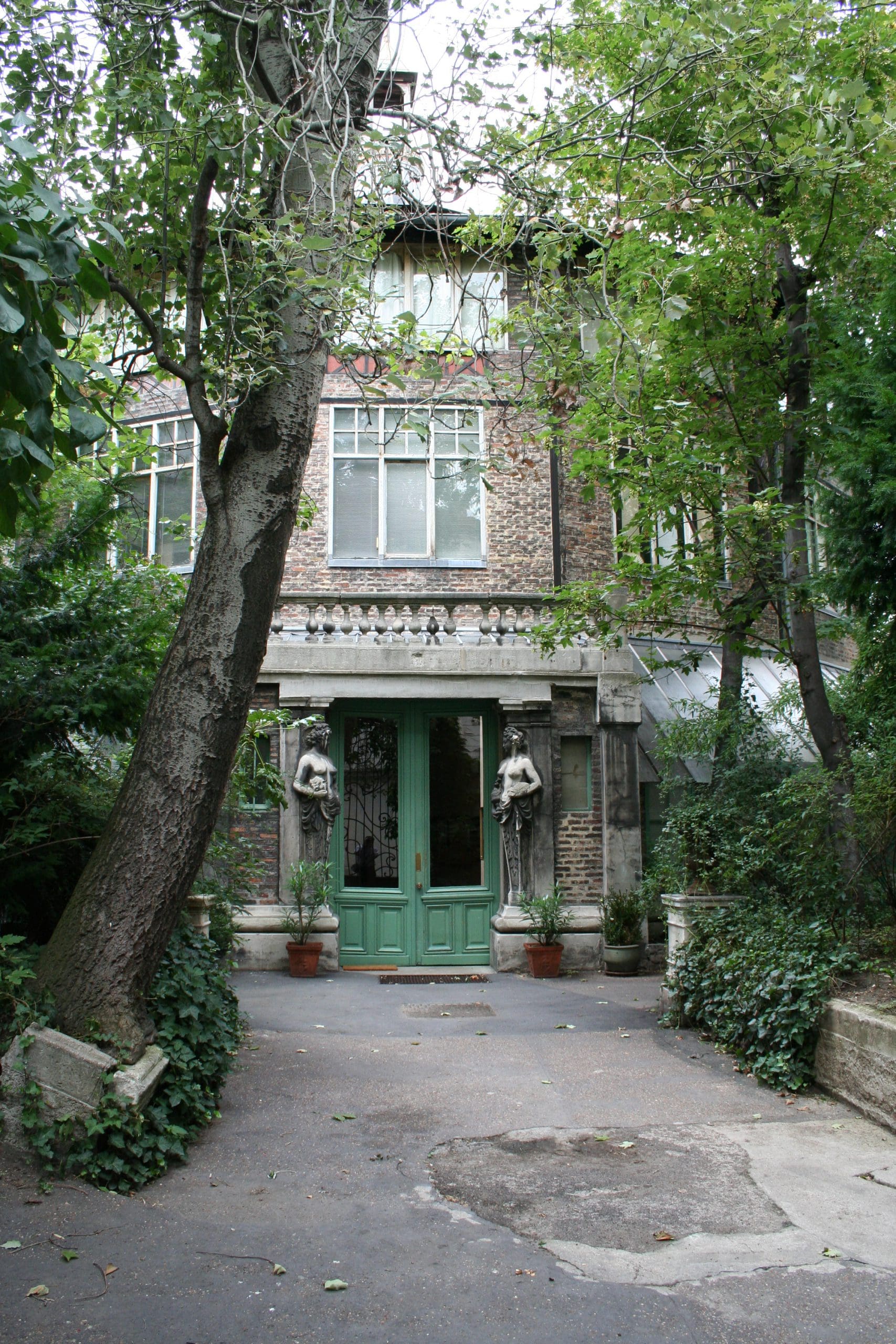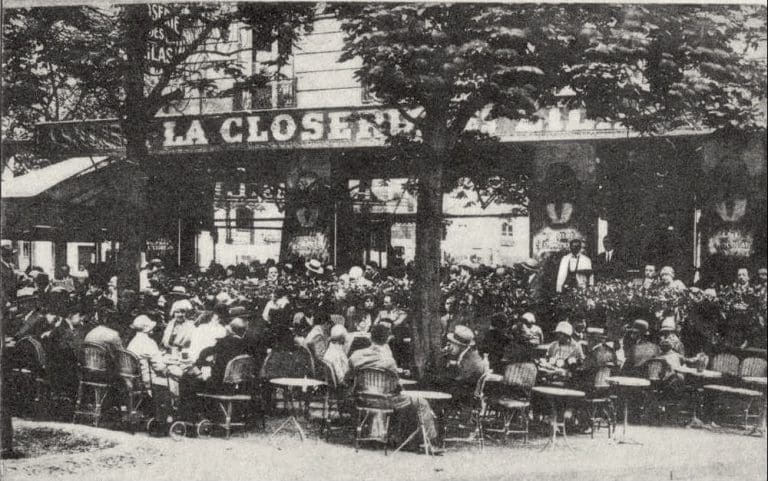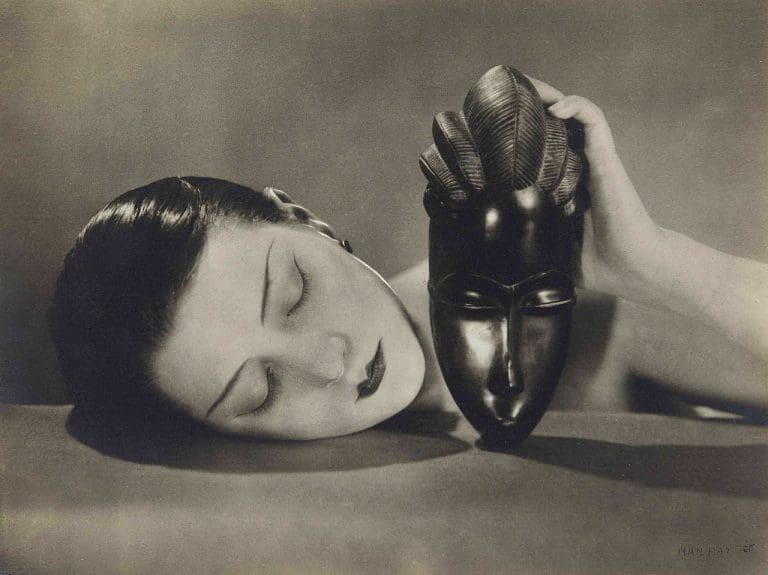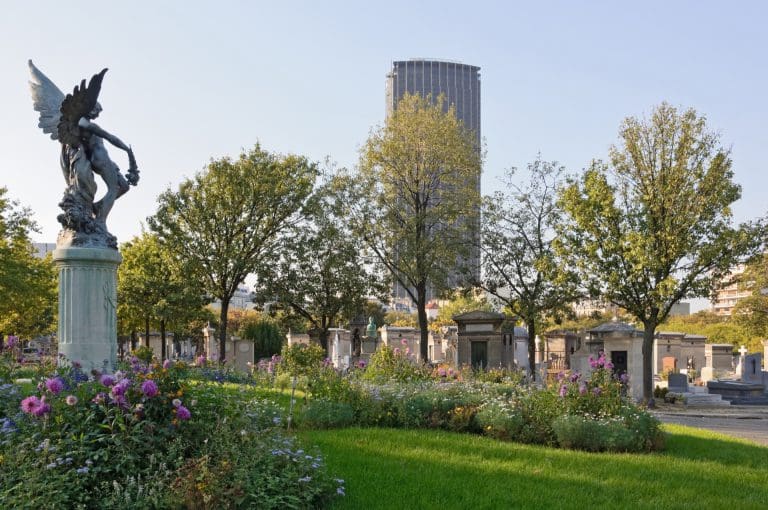It is the former Wine Pavilion of the Universal Exhibition of 1900 which will be set up there by Gustave Eiffel’s team: Its name “the beehive”.
These are workshops built around a central staircase. This place became a kind of cosmopolitan village welcoming artists from everywhere and particularly from Central Europe. We could see Léger, Matisse, the douanier Rousseau, Chagall, Soutine, Modigliani descended from Montmartre and neighbor of Brancusi, Zadkine, mingling with writers like Paul Fort, Max Jacob, Apollinaire, Blaise Cendrars… All these artists created what will be called the School of Paris.
WWI is declared, times are difficult, so in 1915 Marie Vassilieff opens an artistic canteen in her studio. The canteen furnished with odds and ends prepared food for 45 people. The cooking was done on a gas stove and an alcohol one. For 65 cents the artists could eat broth, meat and some vegetables, coffee or tea. It was an opportunity to sing, dance… This canteen was always full, on the wall were spread out paintings by Chagall, Modigliani, drawings by Picasso or Fernand Léger!
Nonetheless, the war marked the end of a great era: some went to the front, Braque, Apollinaire, Kisling were seriously injured, Cendrars lost an arm, Léger and Zadkine were gassed. Boucher’s death in 1934 plunged the last inhabitants into disarray. There were only a few old ones left, joined by new ones like actor Alain Cuny. After WWII, the building sank into oblivion and in 1965, a threat of demolition was defeated by a Support Committee led by Marc Chagall. Classified as a Historic Monument in 1972, the Beehive (photo above) was restored and artists have since been working there in 23 workshops.
The building is located at 2 Passage de Dantzig, Convention metro line 12. It is accessed by a wrought iron gate from the Women’s Pavilion of the Universal Exhibition. The visit is by appointment.
The metro line 12 inaugurated in 1910 which links Montmartre to Montparnasse brings artists from Montmartre down to Montparnasse, such as Picasso, and the opening of Boulevard Raspail makes the Vavin crossroads the living heart of Montparnasse.
Source: L?histoire en ligne.
Picture: Binche – Wikipedia



